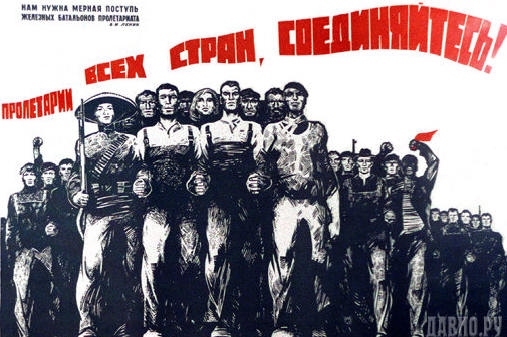 
FROM THIS.... |
 ...TO THIS??? |
|||||
|
Link to Moldova blog...required reading. |
Link to course Syllabus |
Link to information about the former USSR, Eastern Europe, and the former Yugoslavia. |
||||
|
|
||||||
|
|
By all accounts Eastern Europe has been in a radical transition for the last 15 years. The end of Communism has brought great wealth for some, poverty for others, and many, many changes for everyone. Democracy is a hard concept to grasp when you were raised to believe that the collective was always more important than the individual. To the left you can see a propaganda poster calling on able bodied individuals to fight fascism by supporting the Red Army. On the right is the entrance to the All Soviet Exhibition Center. |
|
In 2006, I lived in the Eastern European nation of Moldova--once a part of the USSR. I taught in the universities there and traveled through Ukraine, Russia, Romania, Latvia, Lithuania, Estonia, Hungary, Czech Republic, and Slovakia. I learned a great deal about what life was like under the old regime as well as the many pitfalls that the new system has brought. For instance the GUM Department store in the heart of Moscow (on the right) is like any western mall but 50 miles away are villages with no running water or electricity. How does a society balance when some can consume conspicuously right beside others that have lost everything? |
|
||
|
Союз Советских Социалистических Республик *CCCP* |
|
Soyuz Sovetskikh Sotsialisticheskikh Respublik |
|
Росси́я |
||
|
|
Germans refer to to their home as the "fatherland"; Russians call theirs the "motherland." The image of mothering was used extensively in Communist propaganda. Women are associated with the call to arms in the USSR. While women were granted full legal status to be equal to men but in reality they often bore extraordinary burdens--with most of the housekeeping and childrearing responsibilities falling on them. Domestic violence was a serious and hidden problem in the USSR. |
|
One satirical take was that the ideal Soviet
woman was supposed to be:
|
|
||
|
Your Mother Land Asks you to JOIN! |
|
The Lucas, a typical Moldovan family. Even though Mom is a physician and Dad a farmer and pharmacist, they have no running water in their house. |
|
Day-svwear, svim-svwear |
||
|
|
Vladimir Lenin can be described as brilliant or diabolical depending on your own political ideology. In Lenin's ideal there was little need for torture or harsh punishment because harmony would prevail. In reality, he was ruthless to his opponents. After he died, he became something of a cross between Jesus, Santa Claus, and George Washington. His picture was in every classroom and government building. Children prayed to him and at New Year's, presents would be hidden for children in the night by "Father Lenin." |
|
In the old days, a good Communist would make pilgrimage to Moscow to pay respects to Lenin lying in state in his mausoleum on Red Square. For over 80 years, he has laid that way so that mourners could pass by. One of the great questions in the post-Communist era is what do with Lenin (well, given all the other problems, this is hardly a "great question"). When he was dying, he asked to be buried by his mother in St. Petersburg but instead was embalmed and placed on permanent display. Recently there have been moves to bury him but they are opposed by certain business people....those that work in tourism... |
|
||
|
The Great Revolutionary |
|
Владимир Ильич Ульянов Father Lenin Vladimir Ilyich Ulyanov |
|
The Kremlin Wall near Lenin's Mausoleum...where he lies perennially and waits...and waits...and waits... | ||
|
|
The infamous 1939 Molotov-Ribbentrop pact cleared the way for Eastern Europe to be divided into two spheres of influence. One was to be dominated by the Nazis and the other by the Soviets. This led to the occupation and annexation of Latvia, Lithuania, Estonia, and Moldova. Finland was allowed to stay independent of the Soviet Union but was forced to cede land and after the war was made to pay reparations. |
|
World War II or the "Great Patriotic War" in Russian. Somewhere close to 6 million Soviet troops died in the war with another 12 million civilian casualties. This means that about 15% of the Soviet population was killed and the effects of the war were long lasting. Stalin's food polities and military strategies are generally agreed upon as having made the suffering worse than necessary. After the war, there were more purges and reprisals. |
|
||
|
Molotov, Ribbentrop with Stalin looking on... |
|
The Germans and the Soviets |
|
Uncle Joe |
||
|
|
As result of the Yalta conference, Europe was divided into two "spheres of influence" with the Soviets given about one-third of the land mass of the continent (including Albania, Bulgaria, Czechoslovakia, part of Germany, Hungary, Poland, Romania, and Yugoslavia) to be used as a "buffer" to western hostility. In each of these countries, Communist regimes were installed with policies handed down from Moscow. It was not long before the opposition began to develop toward Soviet dominance. In 1956, Hungarians rose in resistance to the Communists. Within days Soviet tanks rolled in and over 1,000 people were killed. |
Budapest...
|
Over 1,000 people were killed in the Hungarian rebellion. Many local operatives had hoped for U.S. and western assistance, but none ever came. Czechoslovakians rebelled in 1968 and once again Soviet tanks rolled in. But in this case there were fewer reprisals and the leaders of the rebellion were sent into exile rather than being executed. In the late 1970s, workers in Poland formed an independent labor union called Solidarity. Workers went on strike and demanded better pay and more freedom. Again, the Soviet response was to send in the military and imprison the leaders. However, the widespread and dispersed nature of the movement and international pressure on the Soviets made it difficult to stop the movement. |
Praské jaro (EU) se nazývá období od konce roku 1967 do okupace Československa v srpnu 1968. V těchto měsících dolo postupně k uvolnění politické a společenské situace v Československu, demokratizaci společnosti a k pokusu o opatrnou reformu socialistického politického systému. |
||
| Magyar Köztársaság (EU): A rendszerváltás 1989-ben következett be, amelynek legfontosabb aktusa a köztársaság kikiáltása volt október 23-án, majd 1990-ben a köztársaság els demokratikus |
|
|||||
|
|
|
|||||
|
|
In 1985, Mikhail Gorbachev acceded to power in Moscow. Over the next six years, his regime introduced radical reforms to the Soviet Union including Perestroika--the restructuring of the Soviet economy. This included the introduction of private enterprise and opening of joint-ventures with western companies. It also meant that the economy was opened and that inflation could begin to impact the prices paid by Soviet citizens. | Pope John Paul, II was Polish and had been a critic of communism in his country. After becoming pope in 1978, he became a prominent international voice against the repression of the Soviet regime in Eastern Europe. One of his strongest supporters was President Ronald Reagan. Reagan's tactic was to increase U.S. military strength, which had the effect of causing the Soviet Union to do the same but the tumultuous and stagnant Soviet economy suffered greatly as it tried to compete with the Americans. |
Krakow,
Poland(EU)
|
|||
| Shhh...even the walls are listening...beware, the capitalists are on the prowl!!! |
|
|
|
|||
|
|
A second venue of the Gorbachev reforms was Glasnost--openness. As the Soviet Union began to more freedom of expression, it became harder and harder to repress dissident sentiment. In 1989, as the Hungarian border was opened to Austria and the Berlin Wall fell, Moscow did not make a move--no Soviet tanks were deployed, no reprisal from Moscow. Communist regimes fell one after another without intervention. |
|
To many westerners, Gorbachev is a hero but to citizens of the former Soviet Union he is not regarded so highly. For one, he is generally blamed for a decline in living standards and the dissolution of greatness. Another problem was his extremely unpopular anti-alcohol campaign. In summer of 1991, Gorbachev was nearly toppled in a coup organized by anti-reform elements in the Soviet leadership. In the aftermath, the Soviet Union dissolved with each of the 15 republics declaring independence in short order. |
|
||
|
|
The Frank Zappa monument commemorates the role of punk rock in the Lithuanian resistance. | THIS CELL IS IN WHAT WAS THE SECRET POLICE (KGB) HEADQUARTERS IN VILNIUS, LITHUANIA THAT WAS USED TO HOUSE DETAINEES WHO WERE REGULARLY TORTURED OR EXECUTED. |
|
дa until Comrade Gorbachev said "HET!" |
||
| In the years since the ending of Communist regimes in Eastern Europe, the region has experienced substantial instability in both politics and economics. Some of the most tragic events have taken place in the former Yugoslavia where the disintegration of the old order was bloody. Today, a tenuous peace seems to prevail with six small nations making progress. |
|
The fear of the old Soviet guard has always been the encroachment of Europe on Russia. Recent European Union Enlargement has brought the EU borders directly to the Russian border. Today the following former Communist countries are now full EU members: Bulgaria, Czech Republic, Estonia, Hungary, Latvia, Lithuania, Poland, Romania, Slovakia, and Slovenia with Albania, Croatia, and Moldova in the process of application. | ||||
| In Kosovo, U.S. troops were greeted as heros... | All the king's horses and all the king's men couldn't put Tito's Yugoslavia back together again... | Croatia and Slovenia (EU) have become ski and beach playgrounds for many Europeans on holiday. | ||||
|
Yerevan, Armenia
|
The
USSR was comprised of over 150 different ethnic groups... many languages,
religions, & traditions.
|
WORKERS of the world, UNITE
|
Just below is Vladivostok and the end of the trans-Siberian rail line, Da Svidanya! |
|||

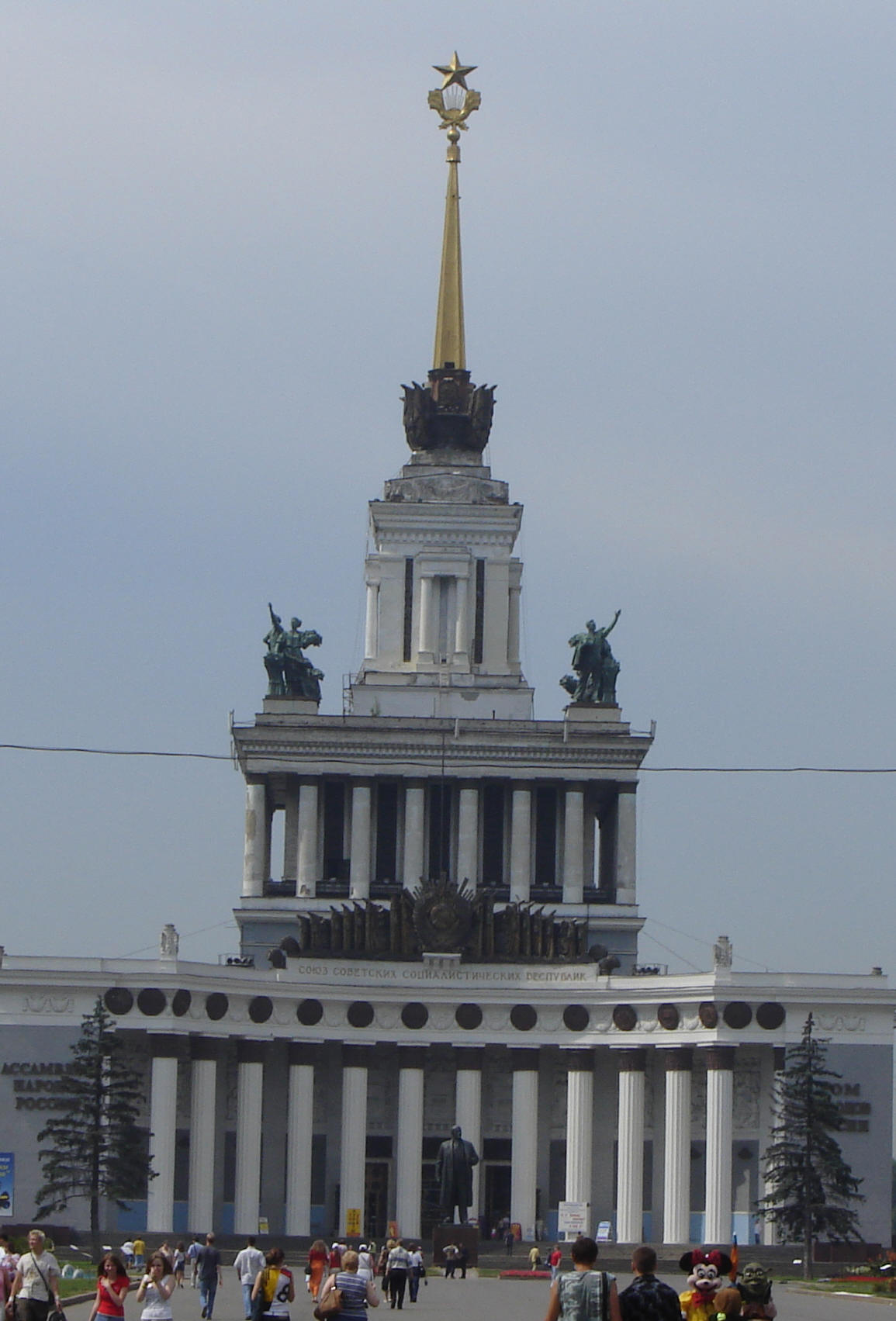


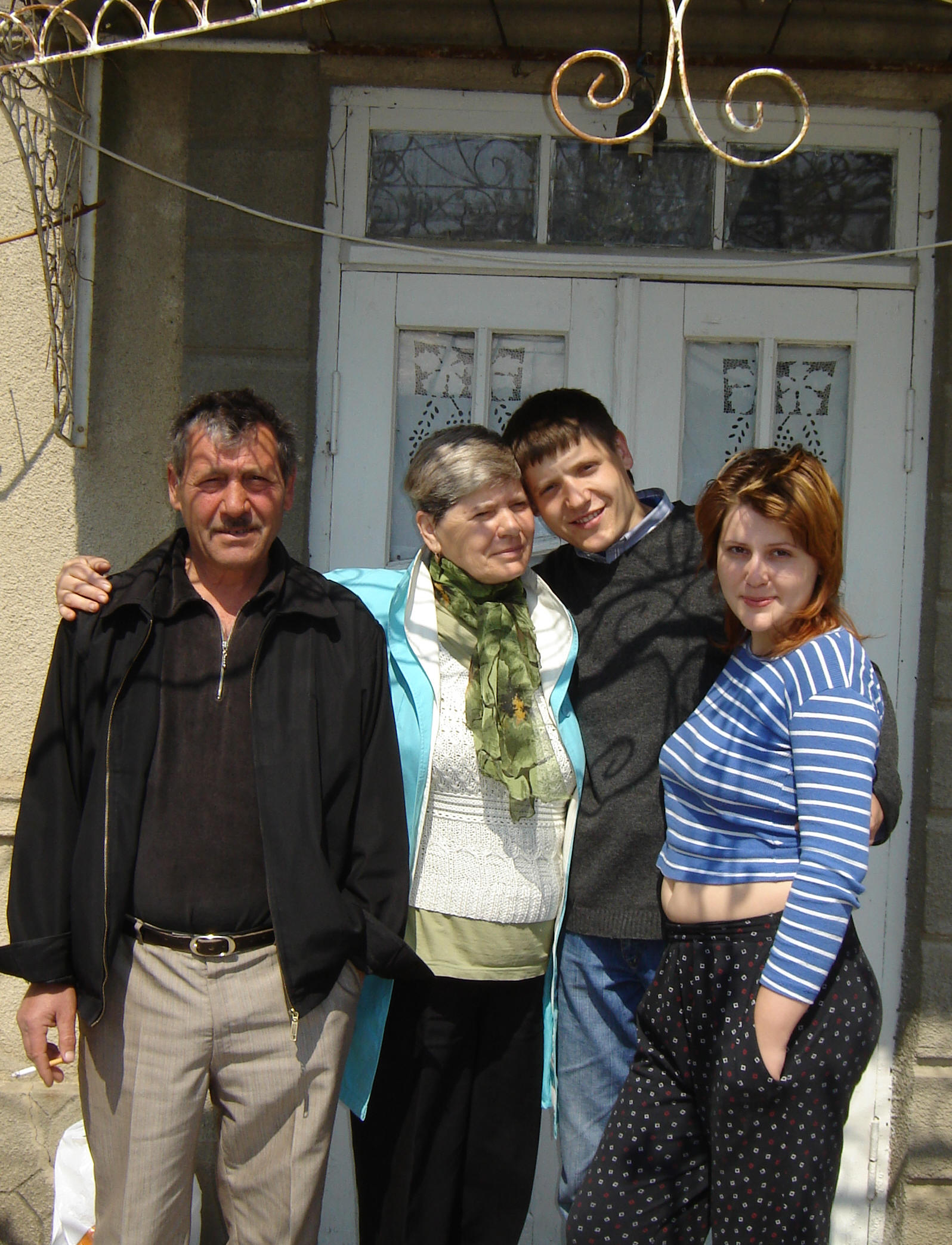
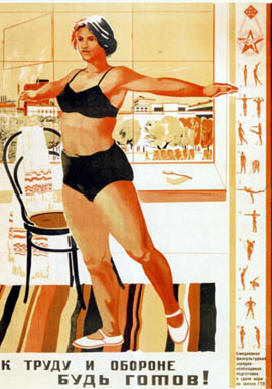

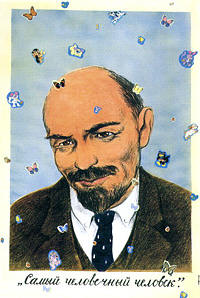
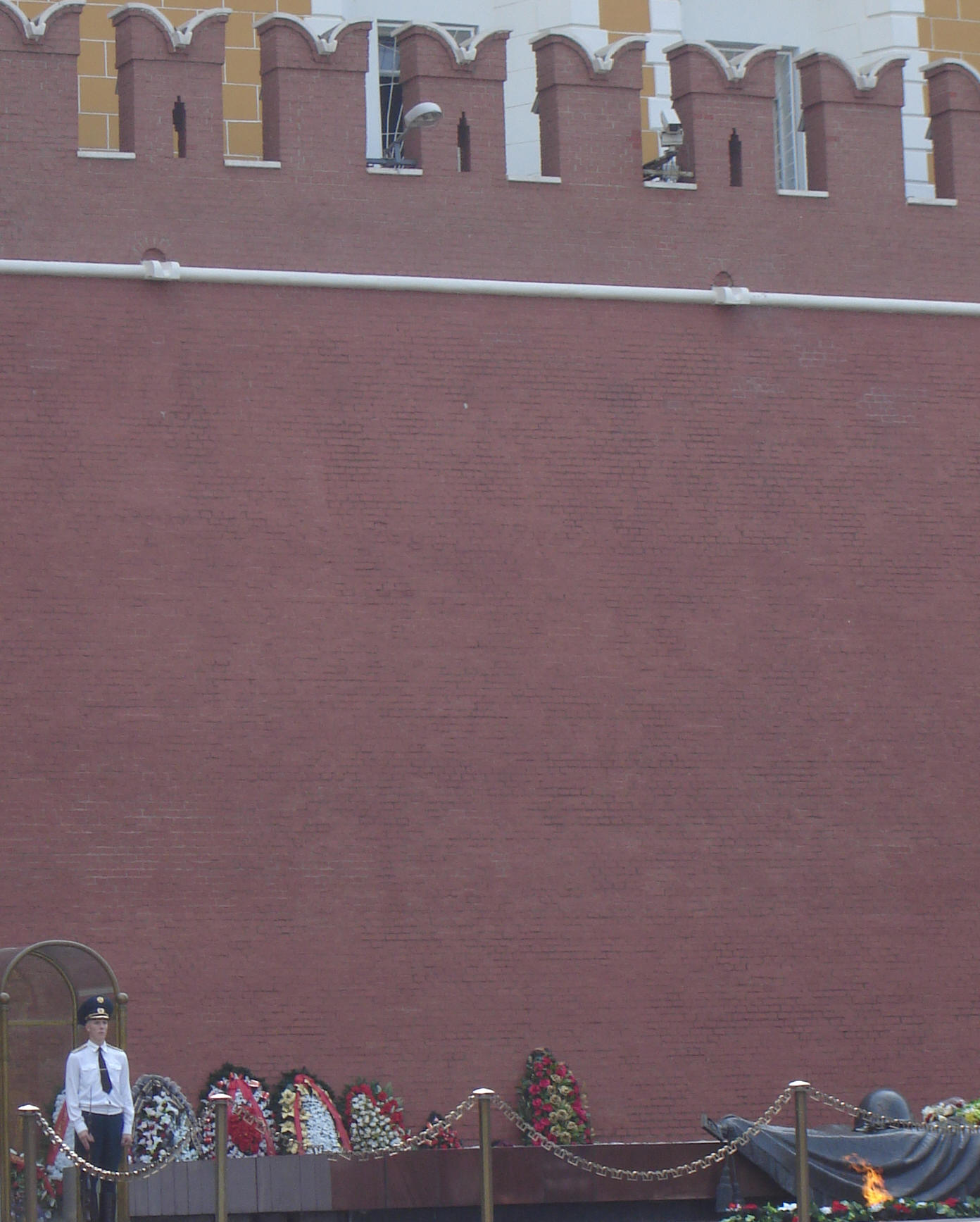

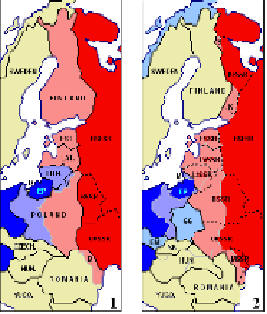


 the House of Parliament (above) and the House of Terror (below)
the House of Parliament (above) and the House of Terror (below)
 SOLIDARITY (POLAND):
SOLIDARITY (POLAND):
 Nieformalne określenie
państwa polskiego po zasadniczych przemianach politycznych, jakie zaszły
po 1989, stosowane do chwili obecnej.
Nieformalne określenie
państwa polskiego po zasadniczych przemianach politycznych, jakie zaszły
po 1989, stosowane do chwili obecnej.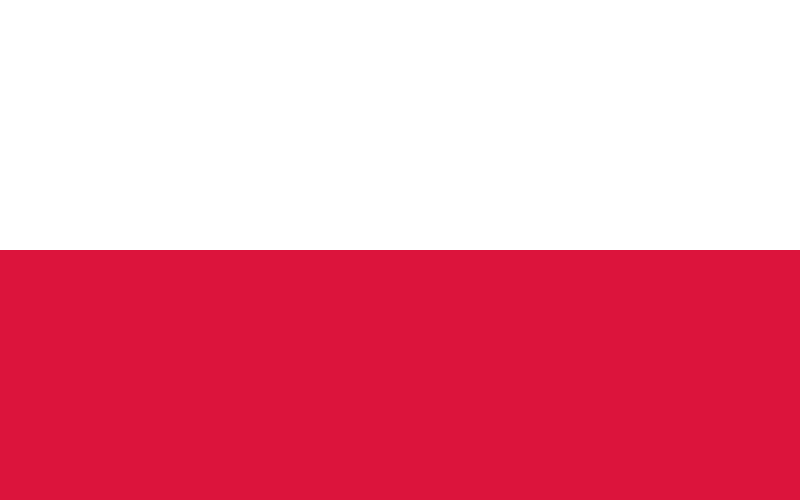


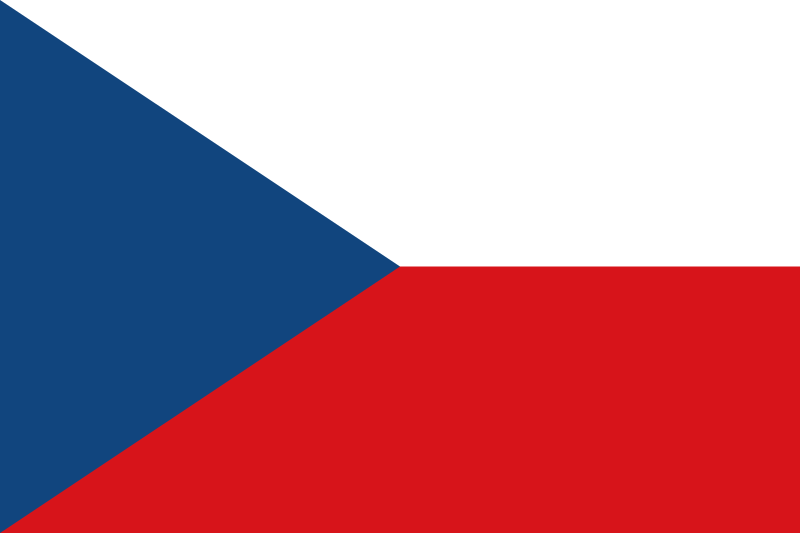
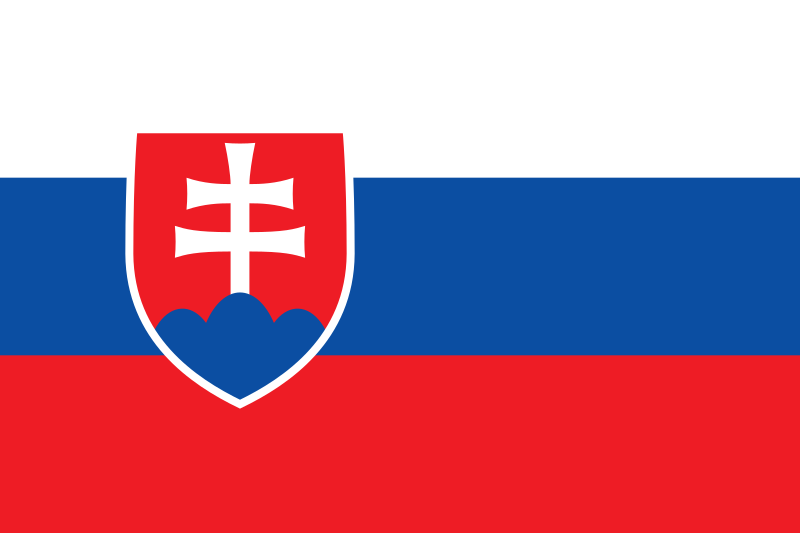




 Pope
John Paul II's home is Krakow, Poland
Pope
John Paul II's home is Krakow, Poland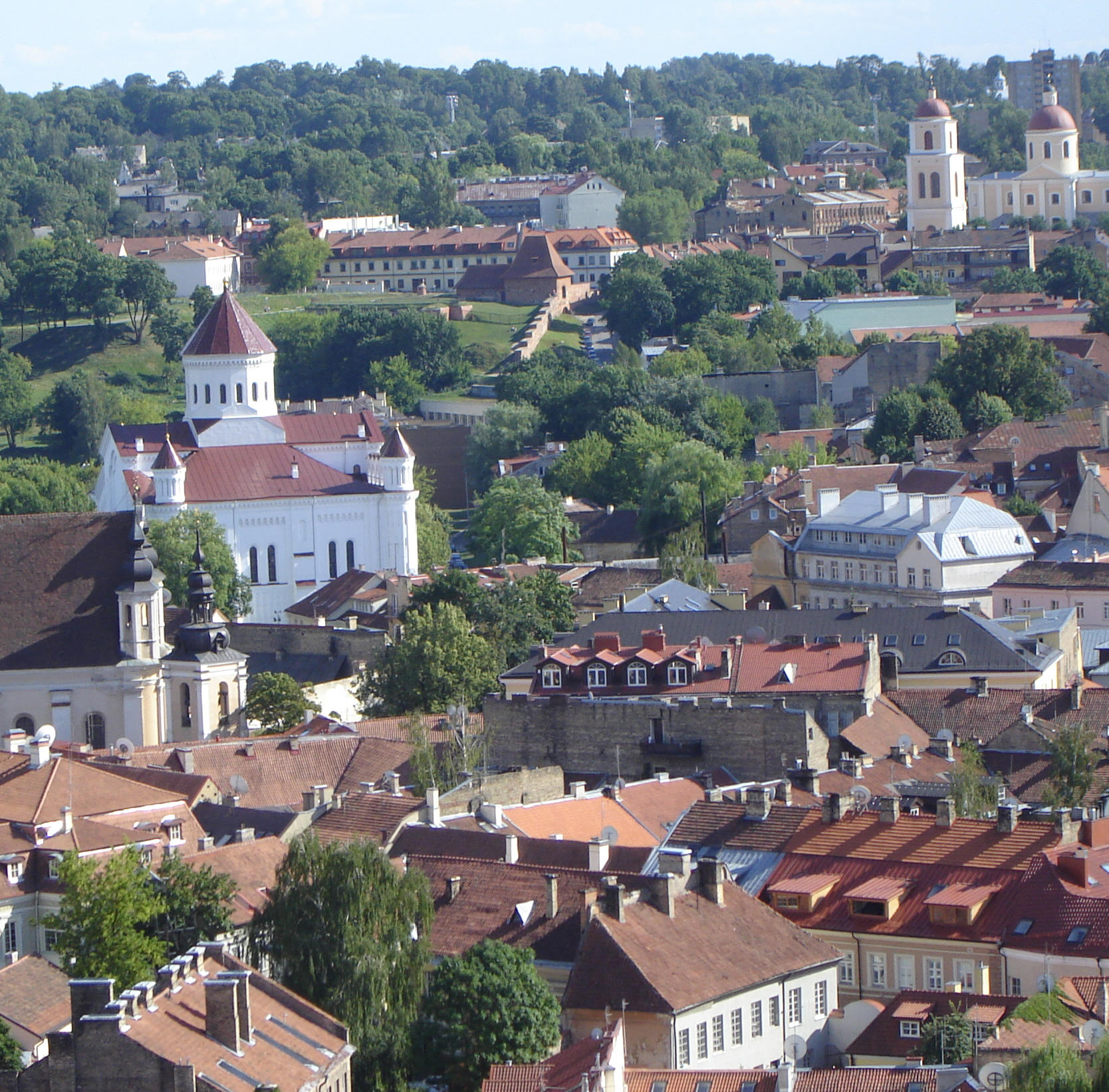 Vilnius,
Lithuania
(EU)
Vilnius,
Lithuania
(EU)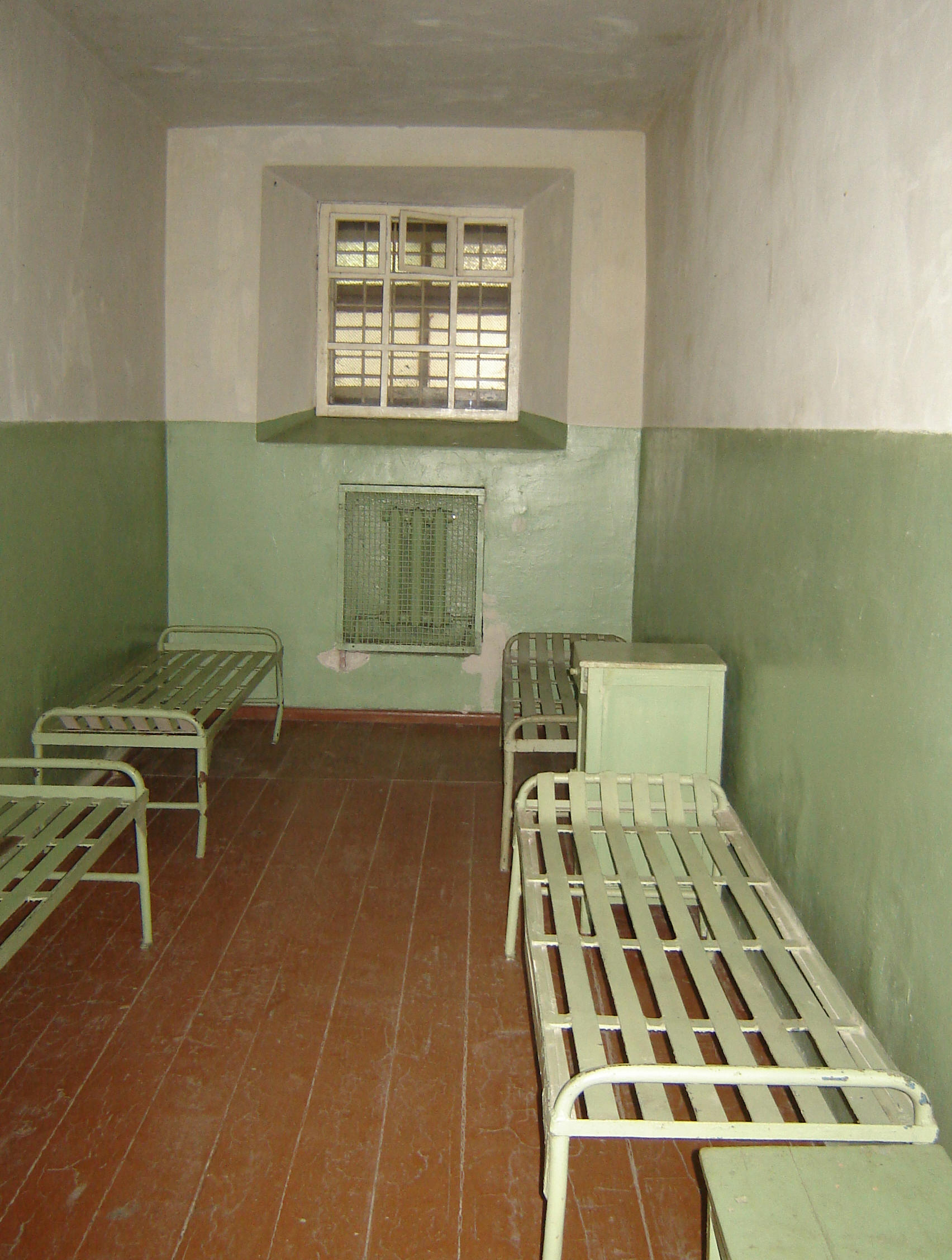

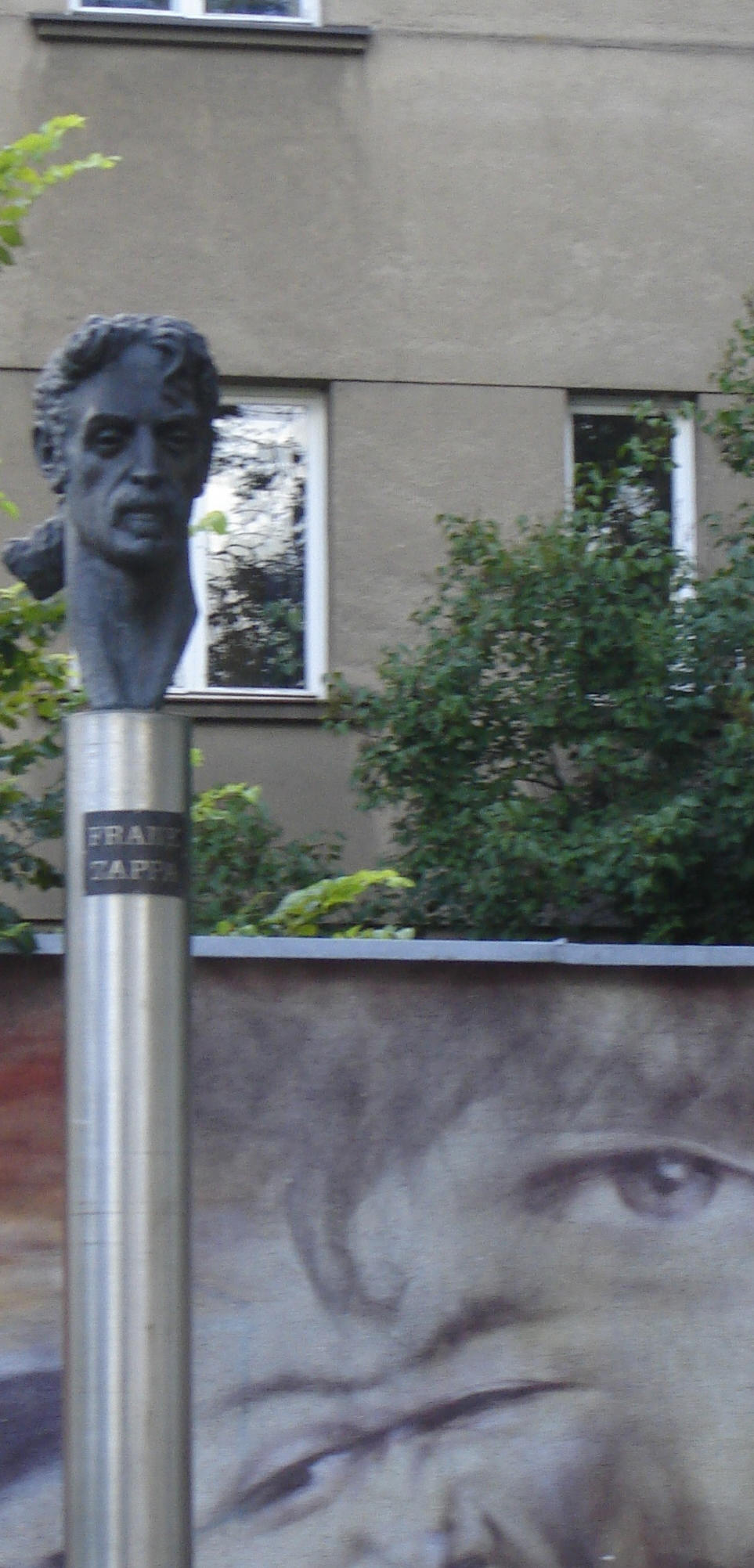

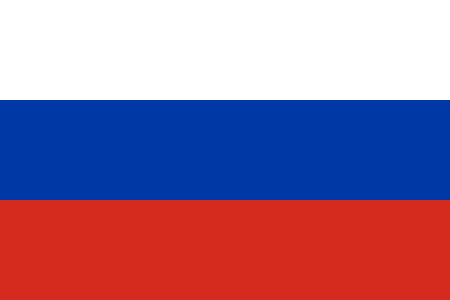

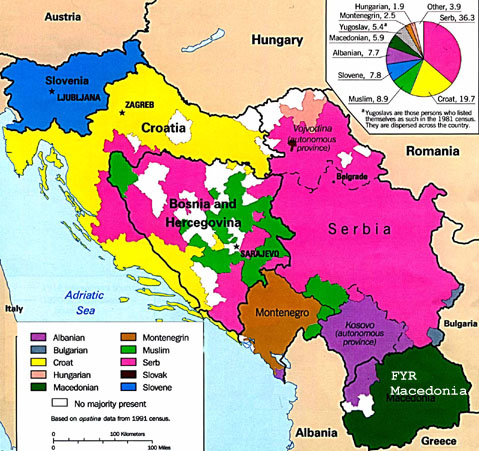

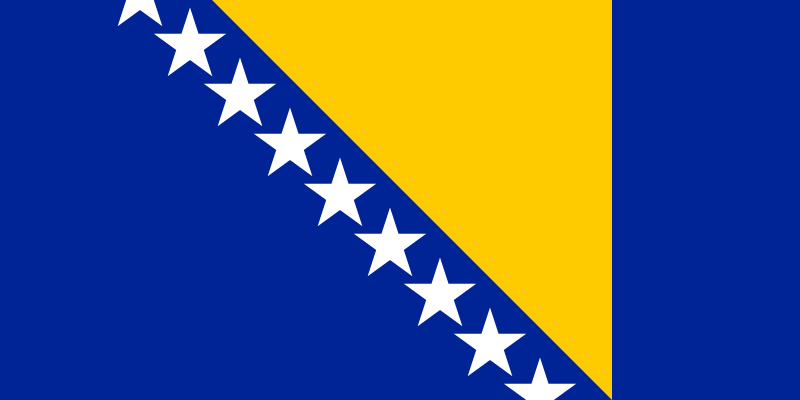

 Երեւան,
Երեւան,
 鬲昆隔昆
鬲昆隔昆